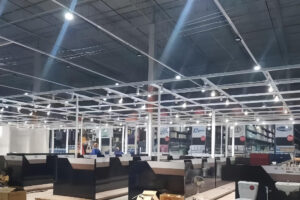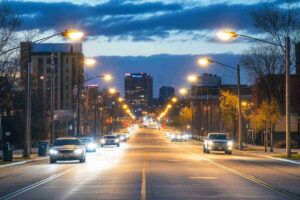Bad lighting ruins spaces. It wastes energy, kills productivity, and makes even the best architecture look dull. A lighting designer solves all of that—and makes lighting work smarter.
A lighting designer is a professional who plans and specifies lighting systems to achieve visual, functional, and aesthetic goals. They understand technical specs, layout design, and energy efficiency while balancing mood, brightness, and safety. Whether for architectural, theatrical, or commercial projects, lighting designers use their skills to create optimal lighting environments. From calculating lux levels to choosing fixture types and placement, they play a critical role in every well-lit space.
Let’s break down exactly what they do—and how to know if you need one.
Table of Contents
What Is a Lighting Designer?
A lighting designer is a specialist who plans and creates tailored lighting solutions for various types of spaces—commercial, industrial, residential, or theatrical. Their role goes far beyond simply choosing light fixtures. They focus on how light shapes an environment, supports safety, boosts function, and enhances the visual experience.
What Do They Actually Do?
Lighting designers evaluate the space, understand the intended use, and then develop a layout that aligns with both functional needs and visual goals. They consider:
– Illuminance levels (lux or footcandles)
– Fixture placement
– Mounting height
– Beam angles
– Color temperature
– Energy efficiency
– Compliance with codes and standards
Their designs often include photometric plans, simulations, and fixture schedules that contractors use during installation.
Who Do They Work With?
Lighting designers collaborate with:
– Architects to match lighting with building aesthetics
– Electrical engineers to ensure system compatibility
– Contractors to implement the design on-site
– Clients to meet specific branding, safety, or operational goals
In theatrical and event spaces, lighting designers focus on atmosphere and emotion—using light to guide the audience’s attention, set tone, or add drama.
Why Hire One?
Whether you’re lighting a factory, gallery, sports arena, or hotel, a lighting designer:
– Helps you avoid under-lighting or over-lighting
– Reduces energy waste and fixture overuse
– Improves visual comfort and productivity
– Ensures code compliance and safety
– Enhances architectural elements or artwork
A good lighting designer bridges the gap between aesthetics, technical performance, and budget. They help make sure your space looks great—and works great—without running up your power bill.
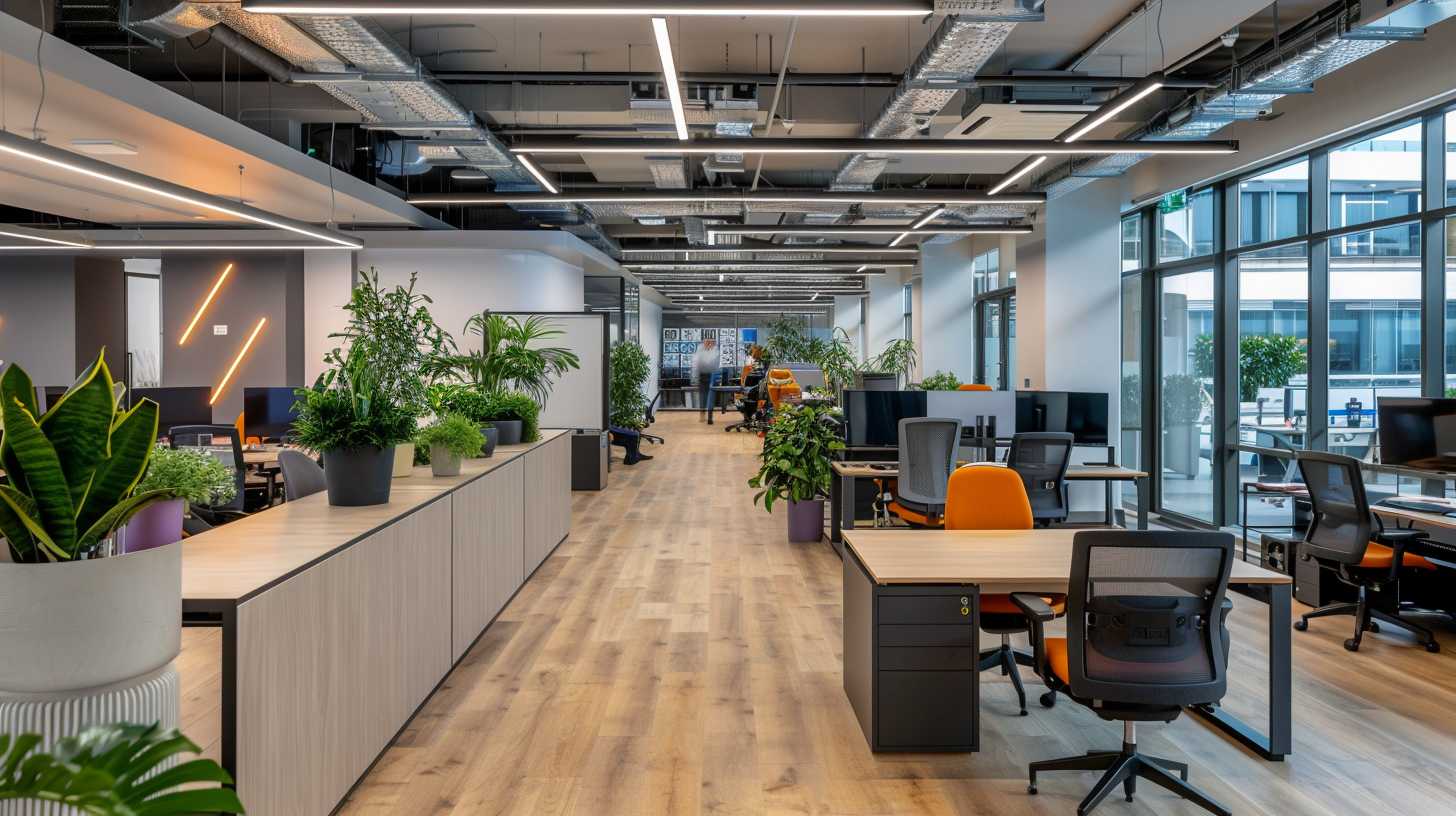
What are the roles of a lighting designer?
A lighting designer wears many hats throughout a project. Here’s what they typically do:
- Needs assessment: They start by understanding the purpose of the space—industrial, commercial, residential, or theatrical.
- Concept development: They create a lighting concept that supports the architecture and function.
- Fixture selection: They pick the right LED fixtures based on beam angle, wattage, color temperature, and application.
- Calculations and layouts: They use tools like DIALux or AGi32 to simulate lux levels and ensure lighting uniformity.
- Coordination: They collaborate with architects, MEP engineers, and contractors to integrate the lighting design smoothly.
- Budget management: They help you stay on track by choosing cost-effective yet high-quality lighting solutions.
These roles take technical skills and a deep understanding of both design and engineering principles.
What Is the Purpose of Lighting Design?
Lighting design is about more than just turning the lights on. It’s a thoughtful process that shapes how people feel, function, and move through a space. The main goal is to balance aesthetics, safety, and efficiency while meeting the unique needs of each environment.
Here’s What Good Lighting Design Can Do:
- Increase Safety and Visibility
Proper lighting reduces accidents in warehouses, walkways, and work zones by ensuring every area is clearly visible. -
Enhance Mood and Atmosphere
Light sets the tone. Warm lighting creates a cozy, relaxed environment. Cool lighting boosts alertness in workspaces. -
Highlight Architectural Features
Well-placed fixtures can draw attention to textures, materials, artwork, or the layout of a building, adding depth and character. -
Save Energy
With smart design and the right LED fixtures, you use only the light you need—lowering your electric bill and environmental impact. -
Meet Legal or Regulatory Standards
Most commercial and industrial spaces must comply with lighting codes (such as IES or EN standards). A good design ensures you’re up to code.
In Real-World Spaces:
- A retail store with focused, glare-free lighting helps products stand out and improves the shopping experience.
- A warehouse with uniform, bright lighting boosts accuracy and reduces worker fatigue.
- A restaurant with soft, layered lighting creates an inviting ambiance that keeps customers longer.
At its core, lighting design is about making spaces work better—visually, functionally, and economically.
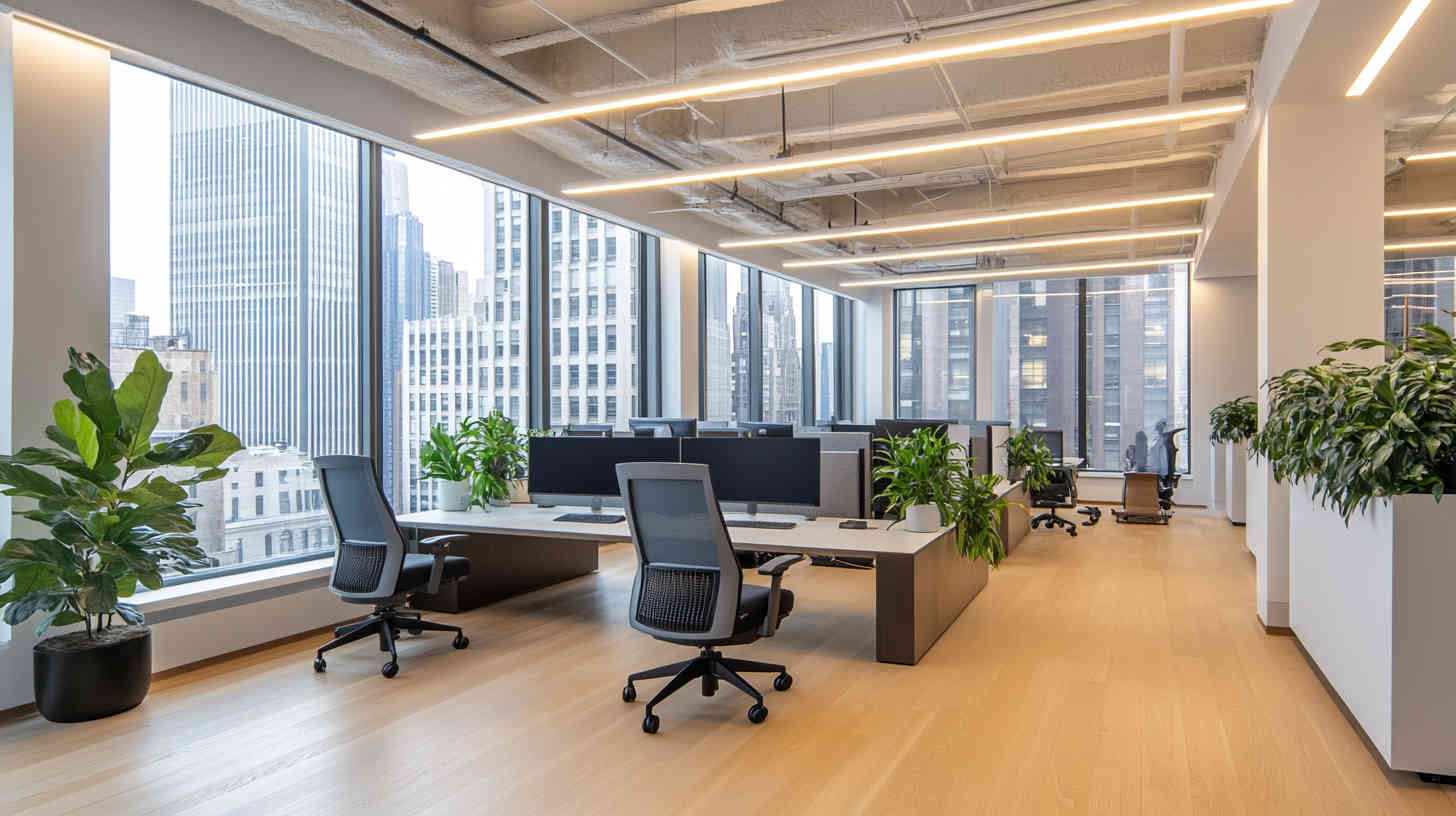
What does a lighting architect do?
Lighting architects are closely related to lighting designers. They typically focus on integrating lighting into the overall building design at the earliest stages. They ensure that structural elements like ceilings, beams, and windows work in harmony with lighting systems.
Lighting architects often oversee:
- Natural light integration (daylighting)
- Fixture housing and mounting systems
- Coordination with HVAC, ceiling, and wall finishes
- Long-term energy performance
Their job is to make lighting part of the architecture—not just something added after the fact.
Why use a lighting designer?
If you’re asking this, you probably need one. Here’s why it makes sense:
- They save money: By choosing the right LED fixtures and avoiding overlighting, they reduce energy and equipment costs.
- They prevent mistakes: Wrong beam angle? Poor placement? You won’t realize it’s wrong until everything’s installed. A designer helps avoid that.
- They add value: Spaces look more expensive and perform better with good lighting.
- They keep you compliant: Lighting codes and standards like IES or EN standards are tricky. Designers stay on top of them.
So if you’re building, renovating, or upgrading lighting—especially for commercial or industrial projects—you’ll want their expertise.
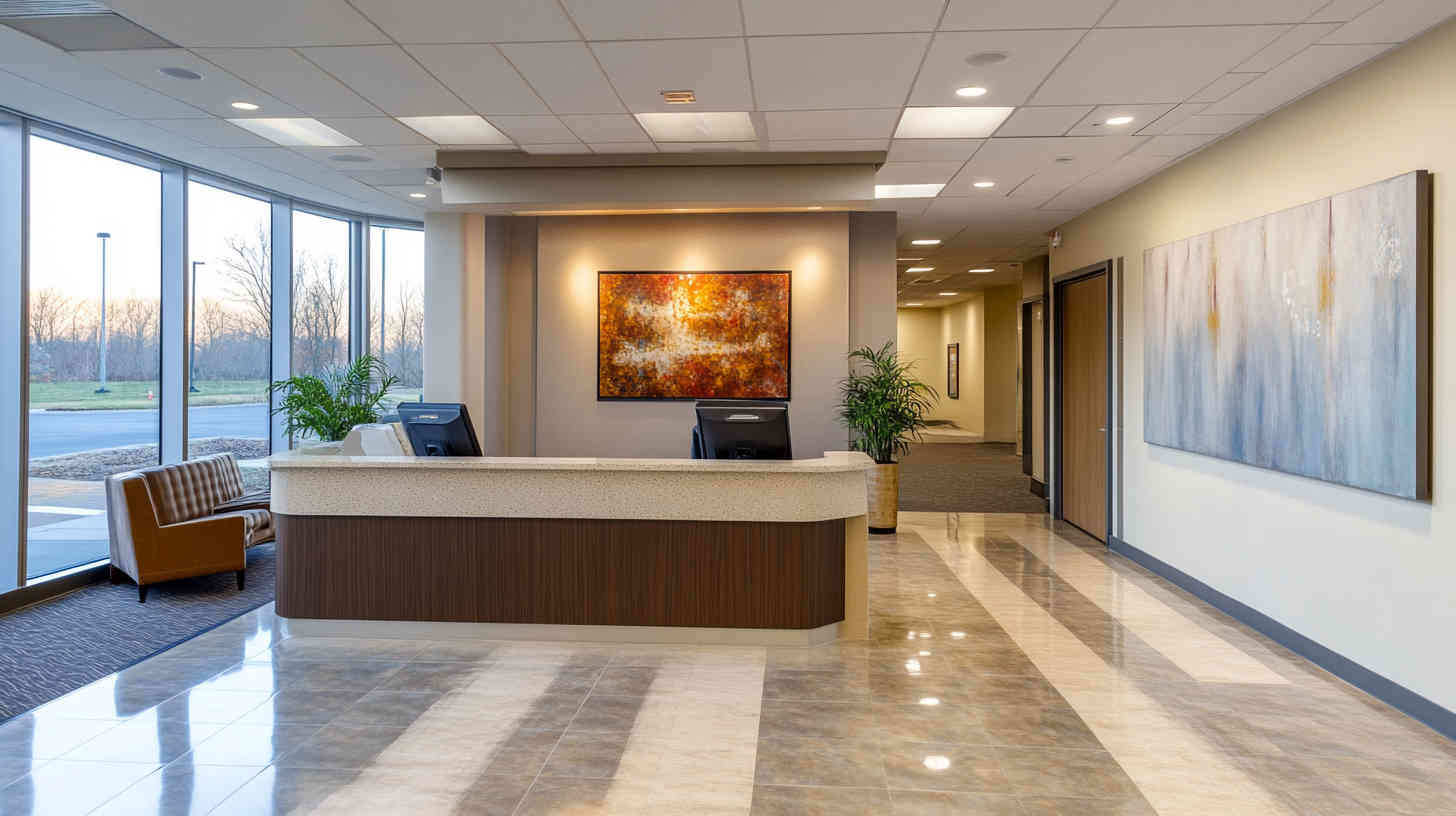
What are the duties of a designer?
Lighting designer duties include:
- Surveying and measuring spaces
- Running lighting calculations
- Selecting fixtures (and confirming compatibility)
- Creating lighting layout plans
- Specifying mounting heights and aiming angles
- Coordinating with electrical engineers and architects
- Reviewing installations and doing final checks
And if you’re wondering what qualifications do you need to be a lighting designer? Many hold degrees in architecture, interior design, engineering, or theatrical design. Professional certification like LC (Lighting Certified) is also common.
Who Uses a Lighting Designer?
Lots of people:
– Architects and builders working on high-end projects
– Factories and warehouses upgrading to LED
– Retail chains and showrooms that need ambiance and branding
– Theaters and event venues crafting immersive stage setups
– Museums and galleries highlighting exhibits
– Office planners designing productive and ergonomic workspaces
What does a lighting designer do in theatre? They work with directors and stage managers to shape every scene using mood, contrast, and shadows. It’s storytelling with light.
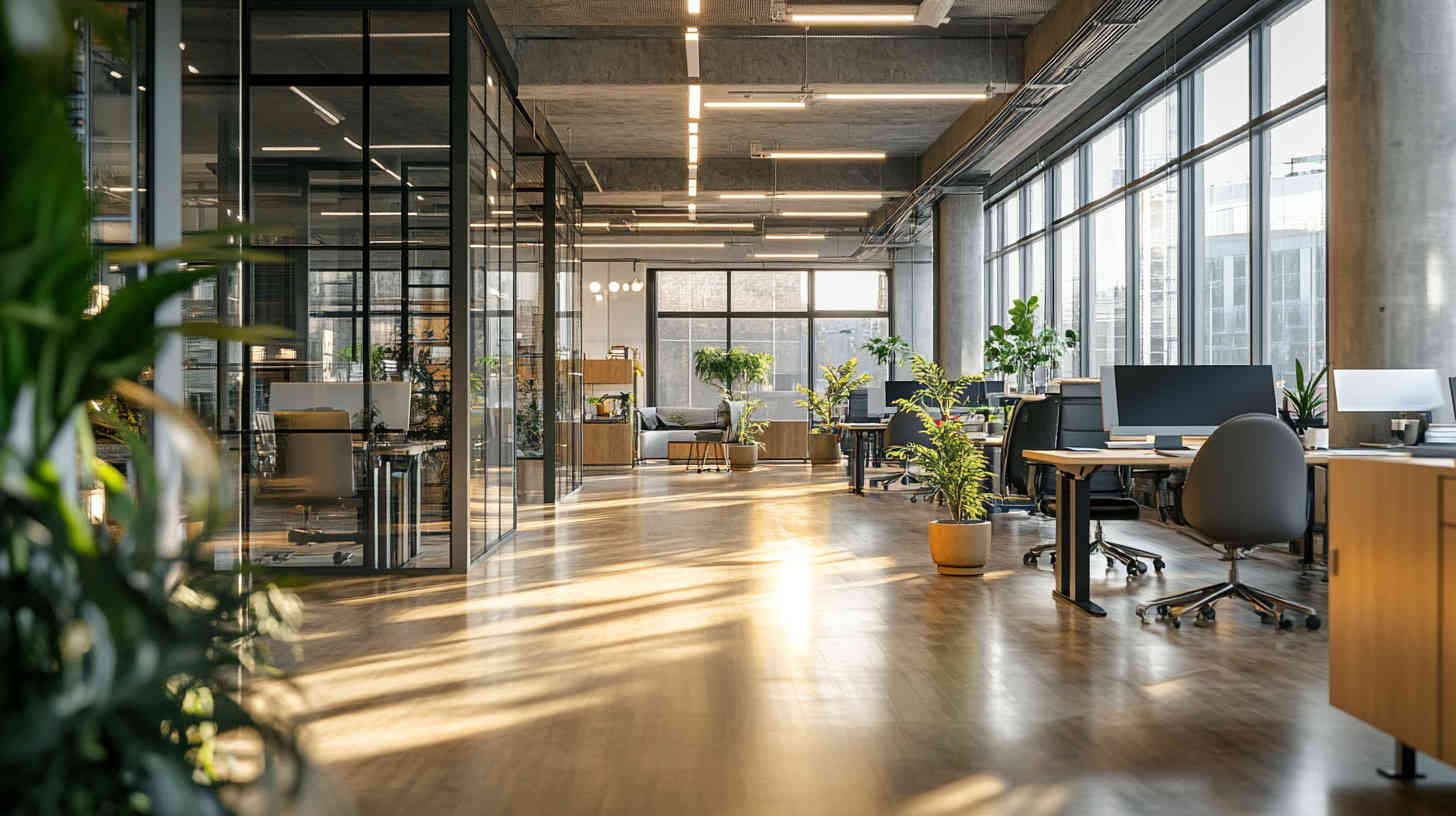
How Do I Know If I Need a Lighting Designer?
If your project involves:
– Large spaces (factories, schools, offices)
– Technical lighting requirements (CRI, color temperature, beam control)
– Specific design goals (branding, ambiance, safety)
– Energy efficiency or code compliance
Then yes, you need one.
Still unsure? If your space has confusing shadows, poor visibility, or high energy bills—call a lighting designer.
How to Find a Lighting Designer
Here’s how I recommend going about it:
- Ask your architect or contractor: Many already work with lighting pros.
- Check professional directories: Look at organizations like IALD (International Association of Lighting Designers).
- Ask your supplier: At Logos Lighting, we often work directly with designers or provide support if you don’t have one.
- Search locally or online: Look for commercial lighting design firms with experience in your industry.
If you need someone who understands industrial, commercial, or exterior LED applications—we’ve got the network to help you out.
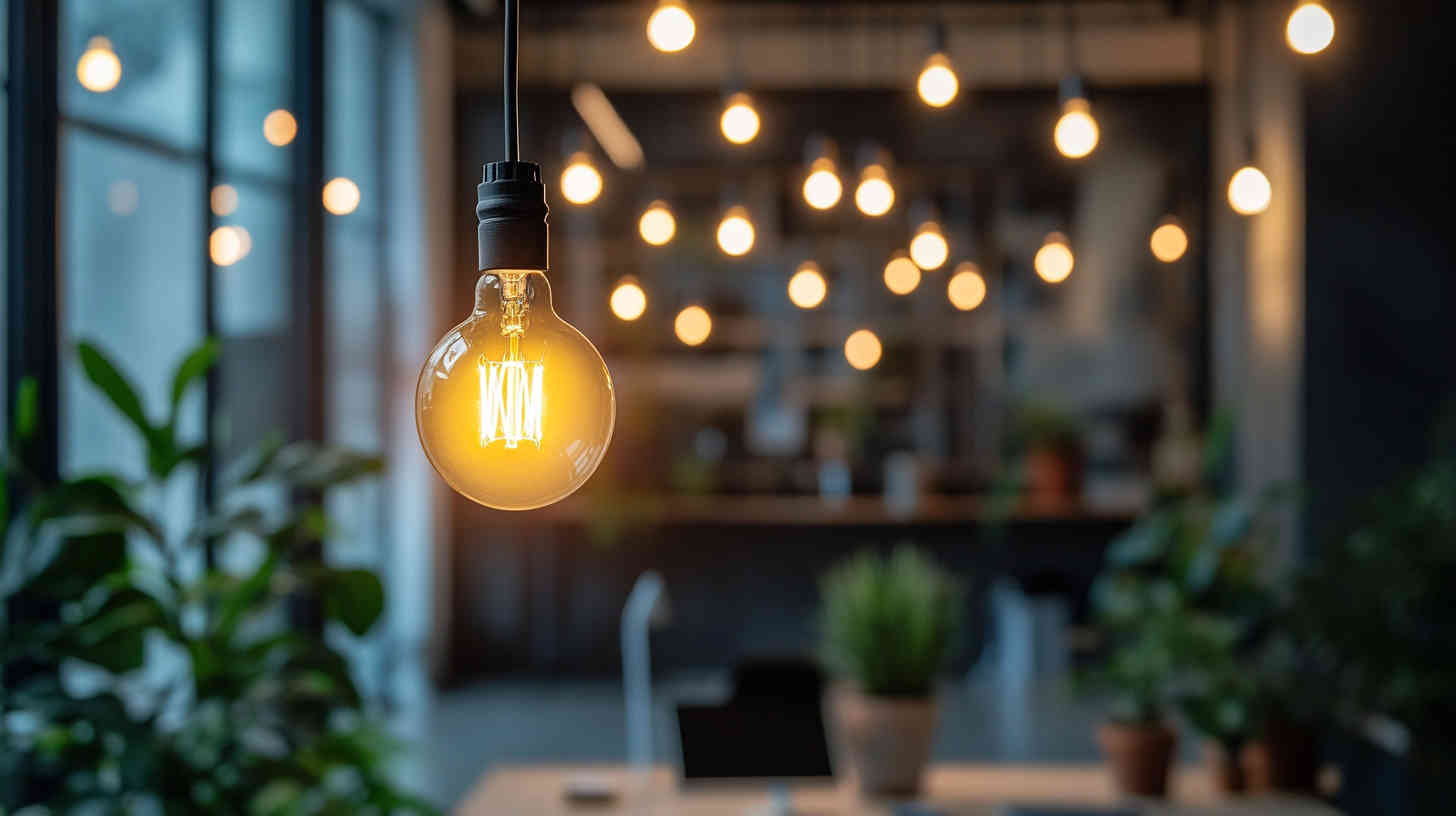
Summary
Lighting designers are essential for any space that needs more than just bulbs in a ceiling. They bring vision, strategy, and precision to every project—ensuring your lighting works as hard as it looks good.
Need help finding the right designer or figuring out your lighting plan? Please feel free to reach out to us directly. Our team of lighting experts is here to help.



